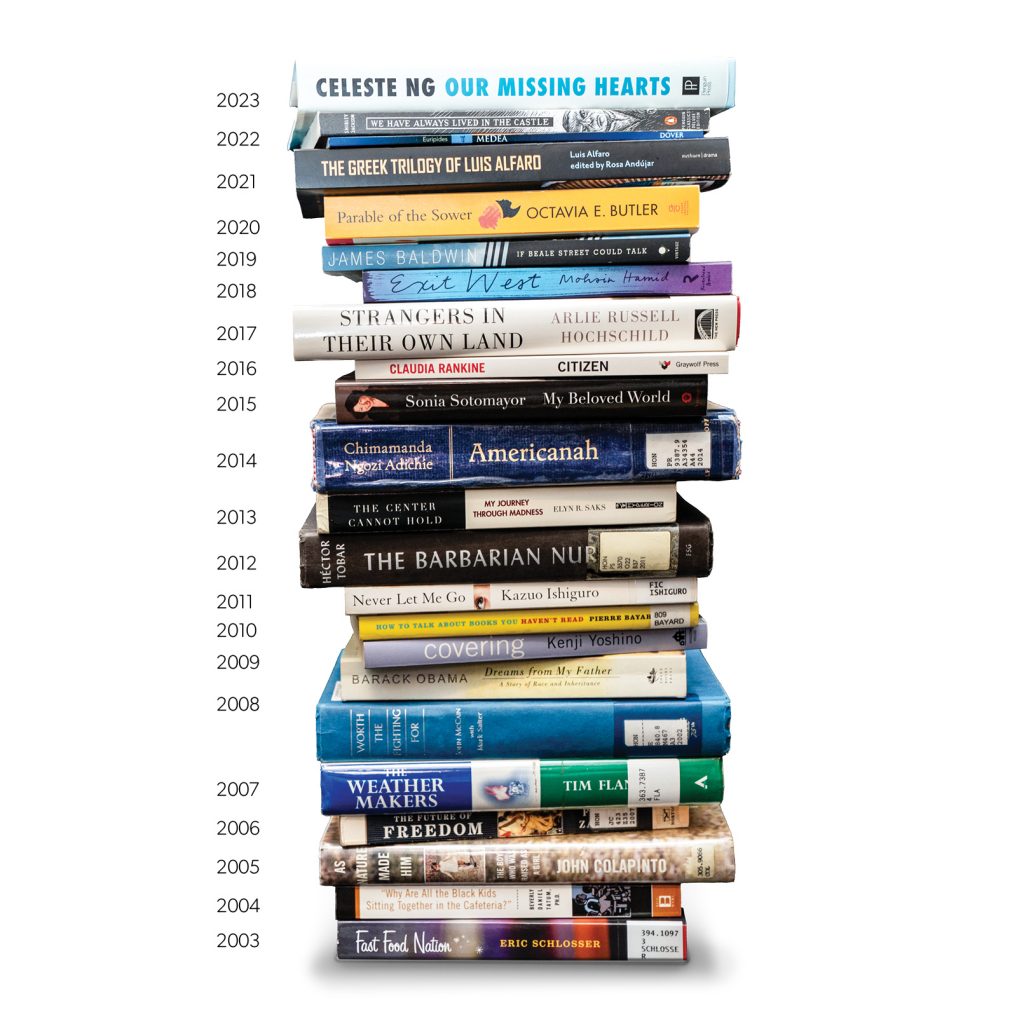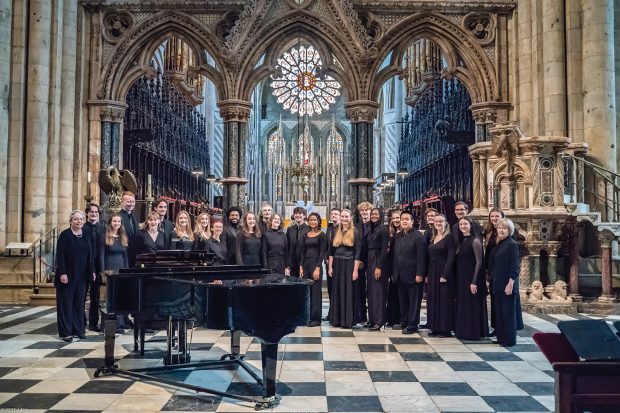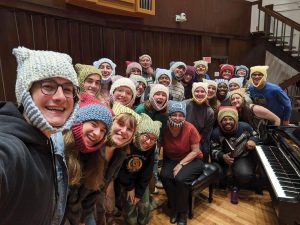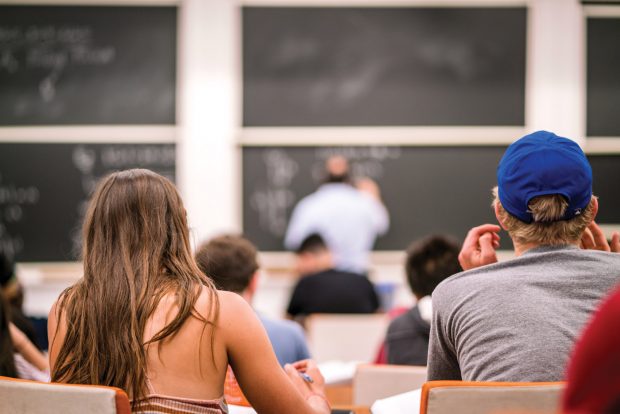Q&A: Adam Sapp, Assistant Vice President & Director of Admissions
In the wake of the U.S. Supreme Court decision in June that ended race-conscious college admissions, Pomona College Magazine asked Adam Sapp, assistant vice president and director of admissions, what it means for Pomona—and for all students applying to college. The interview has been lightly edited for length and clarity.
Q: In her message after the ruling that effectively struck down affirmative action in admissions, Pomona College President G. Gabrielle Starr said Pomona remains committed to striving for a diverse student body and providing access to talented students from all backgrounds. How will that work?
We have a history of recruiting broadly across California, the U.S. and the world, and that will not change. It’s also true that Pomona sits in one of the most diverse parts of the country. As a national, global liberal arts college, we will continue to recruit broadly, but can we do more outreach in our own backyard? I think the answer is yes. In addition to our usual school visits in the region, this year we are planning to support more visits to campus for under-resourced and first-generation students, host more events for local high school guidance counselors to join us on campus, and continue to grow our presence at area community colleges. As our alumni know well, their continued support of the College’s efforts to raise funds in support of financial aid, global engagement and student support initiatives is critical to maintaining our national leadership position on diversity.
Q: The opinion by Chief Justice John Roberts seemed to leave an opening with the application essay, allowing colleges to consider “an applicant’s discussion of how race affected his or her life, be it through discrimination, inspiration, or otherwise.” Where does that leave admissions readers and, for that matter, the students writing application essays?
Some obvious changes will be made. For example, admissions readers will not have access to applicants’ self-reported race answers. Our application partners like the Common Application, the Coalition and QuestBridge have all made allowances for that change. I anticipate Pomona will not be alone in firewalling this information in the review and selection process.
Where does this leave students? Tell us your individual story. Every student has a unique ability to contribute to the Pomona community and our essay questions were devised with that idea in mind. Our individual and holistic process means we consider many factors for each candidate and responses to essay questions are one of those factors. We are public on our website about what qualities we value, and our essay questions are designed to help students not only think critically about issues important to Pomona, but also to understand Pomona better and reflect on whether we are a community where they see themselves fitting in. College admissions is a two-way process. It’s as important for our office to tell students who we are as it is for students to reflect on the kind of college experience they seek. We believe our essay questions serve both those goals well.
Q: The group of students offered admission to the Class of 2027 was the most diverse in Pomona’s history, with 62.5% domestic students of color. What does that reflect, and do you expect the percentage to be lower next year?
It’s certainly true that in the last decade Pomona’s applicant pool has become more racially and ethnically diverse. It’s also become much more global. As with any shift like this, the reason why is complicated. Yes, the Office of Admissions has been strategic in our outreach to ensure the pool is full of academically talented candidates from all backgrounds, but at the same time there are real demographic shifts taking place in American high schools that suggest the future student population will be even more diverse than the present. It is also true that the COVID-19 pandemic created more outreach opportunities for online engagement, and that the College’s financial aid program, which has always been amongst the best in the country, continues to be a clear motivating factor for applicants. I would also argue that the College’s work to increase programming and support for students to ensure they have excellent experiences, and the success of our alumni, ever more diverse, cannot be overstated as a factor in influencing future applicants to see Pomona as a place where they can flourish. Will we see declines in enrollments from students from diverse populations? In the short term the answer is probably yes. But are less diverse classes something we believe is a new status quo? Definitely not. That’s the work of our office going forward: to work within the limits of the law to ensure we make good on the values of diversity, values that were critical to the College’s founding and remain central to our mission today.
Q: Many alumni are parents of students applying to colleges, both to Pomona and elsewhere. What recommendations do you have for their students’ approach to admissions in the new era?
I think it’s key to understand that in the next few years we may continue to see shifts and changes. We haven’t even touched on the national conversations about the test-optional movement or legacy admissions policies (remember: Pomona does not consider legacy status in the admissions process), or the continued public dialogue criticizing the value of a liberal arts education. These issues and more will continue to loom on the minds of students as they make decisions about their future.
For parents reading this, I would say two things. First, do your very best to have a good attitude for your student about change. Help them see the opportunities in this moment and resist defaulting to the language that change is inherently negative. When parents stress, it gives students permission to stress too, and that just isn’t helpful in the long run. Second, talk to your student about who they are becoming as a human, not what they want to major in, or what kind of profession they seek. Students who know who they are, know what they value, have reflected on what they care about in the world and who have engaged in activities that they feel help them grow as a person are going to be much stronger college applicants. Just as we evaluate students holistically, encourage the young people under your roof to develop themselves holistically. Your children are incredibly talented and their worth in the world can be measured in so many ways. Helping them see that fact as early as possible will have benefits way beyond college admissions.
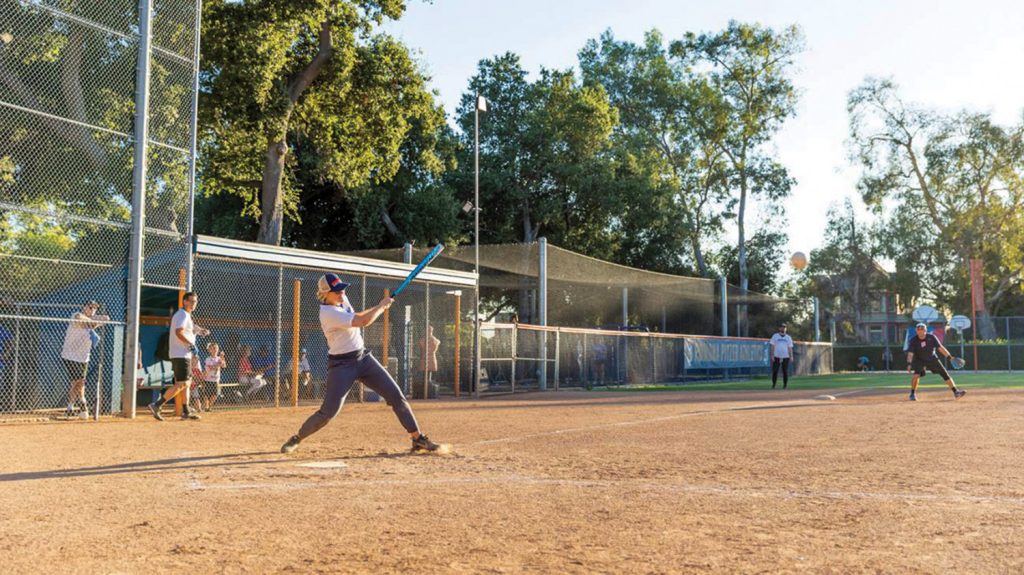
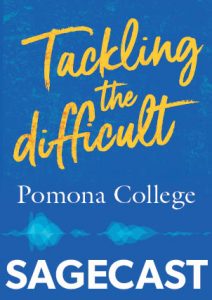
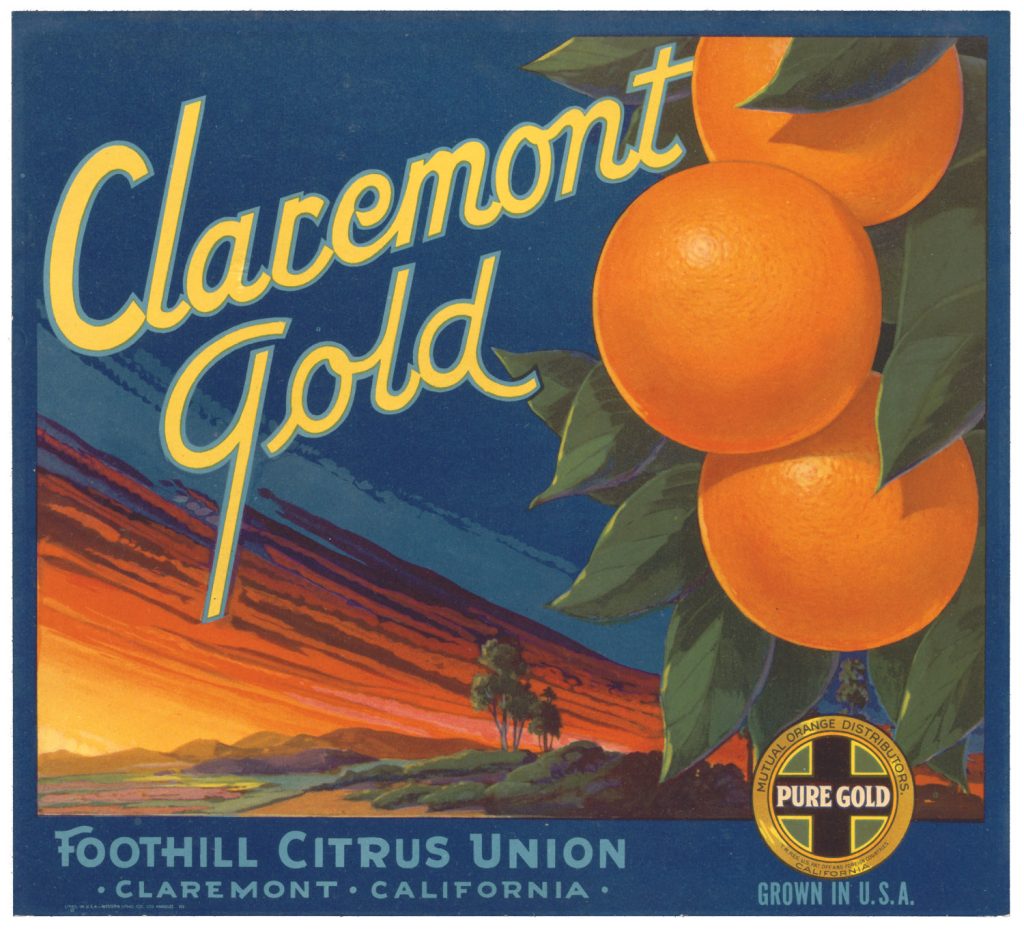

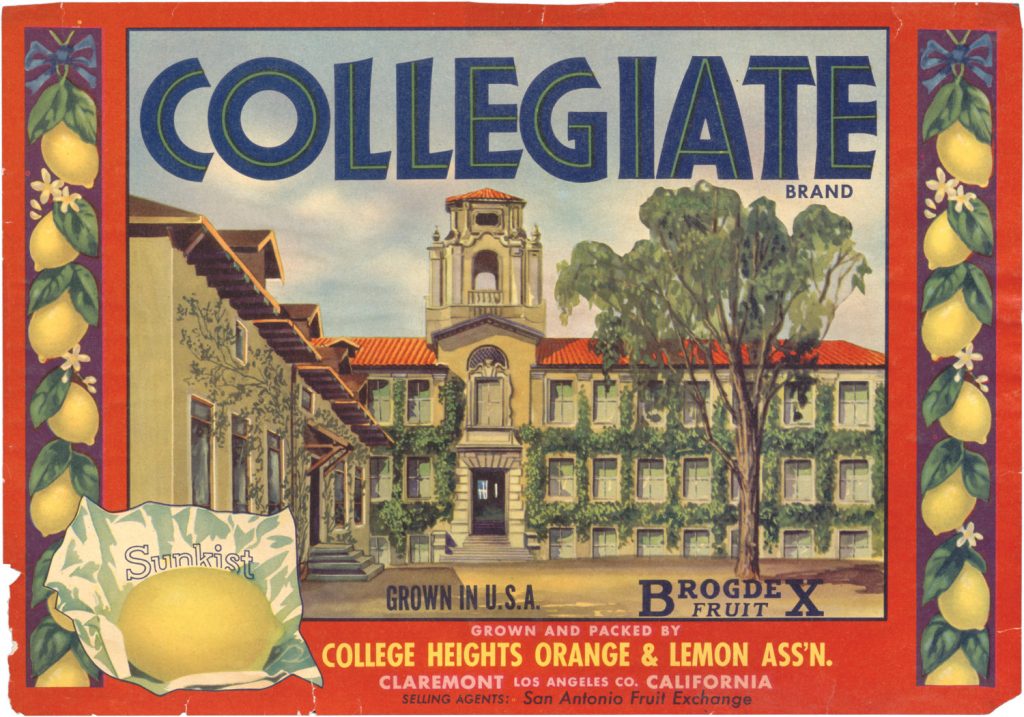
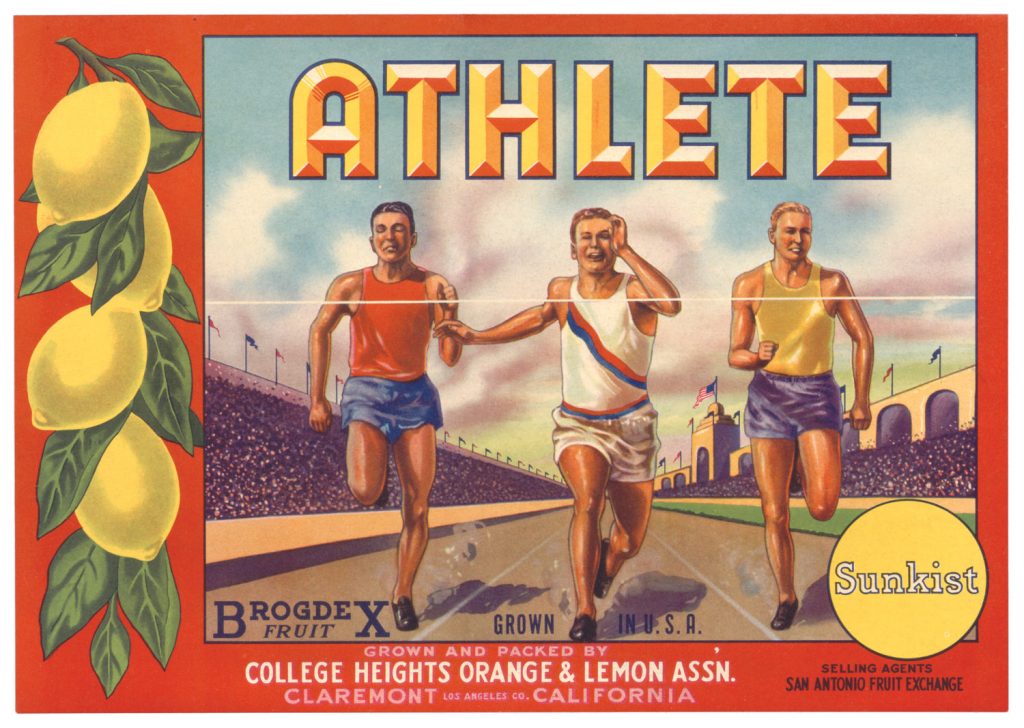
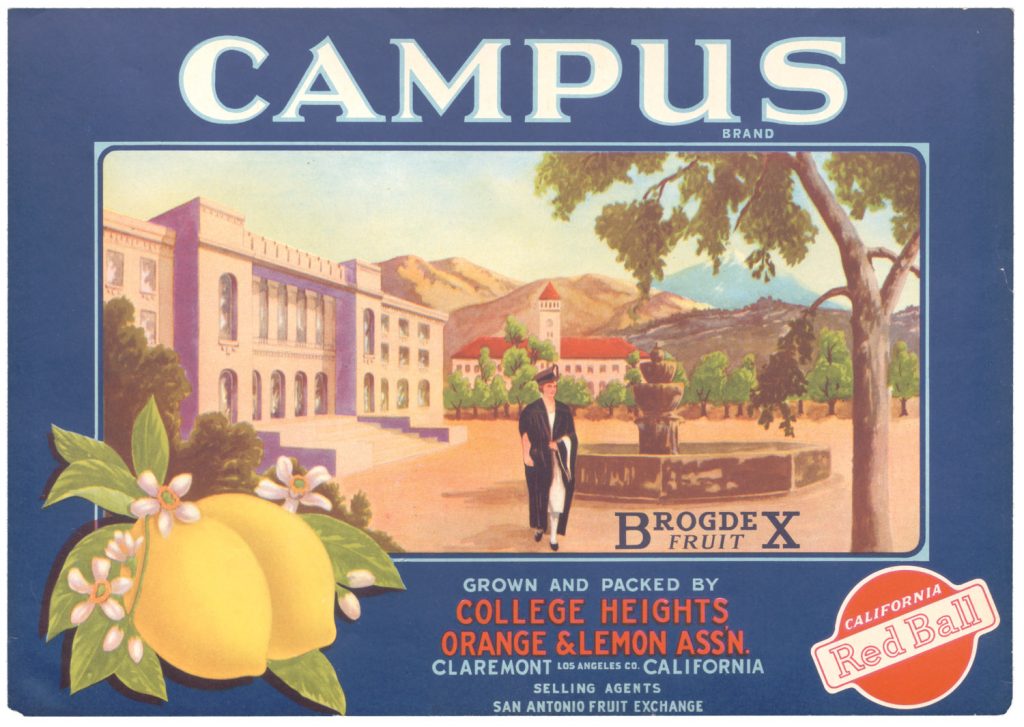

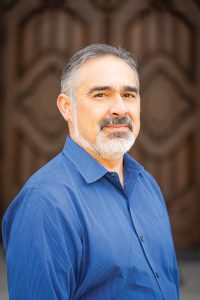
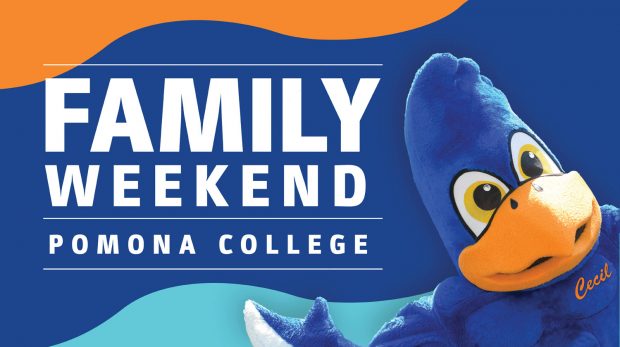 Pomona College Welcomes Sagehen Families at Family Weekend
Pomona College Welcomes Sagehen Families at Family Weekend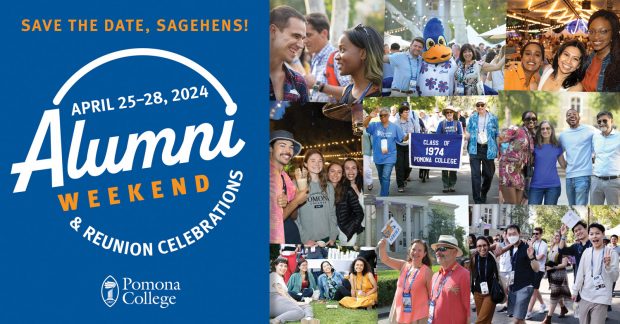 Save the Date
Save the Date